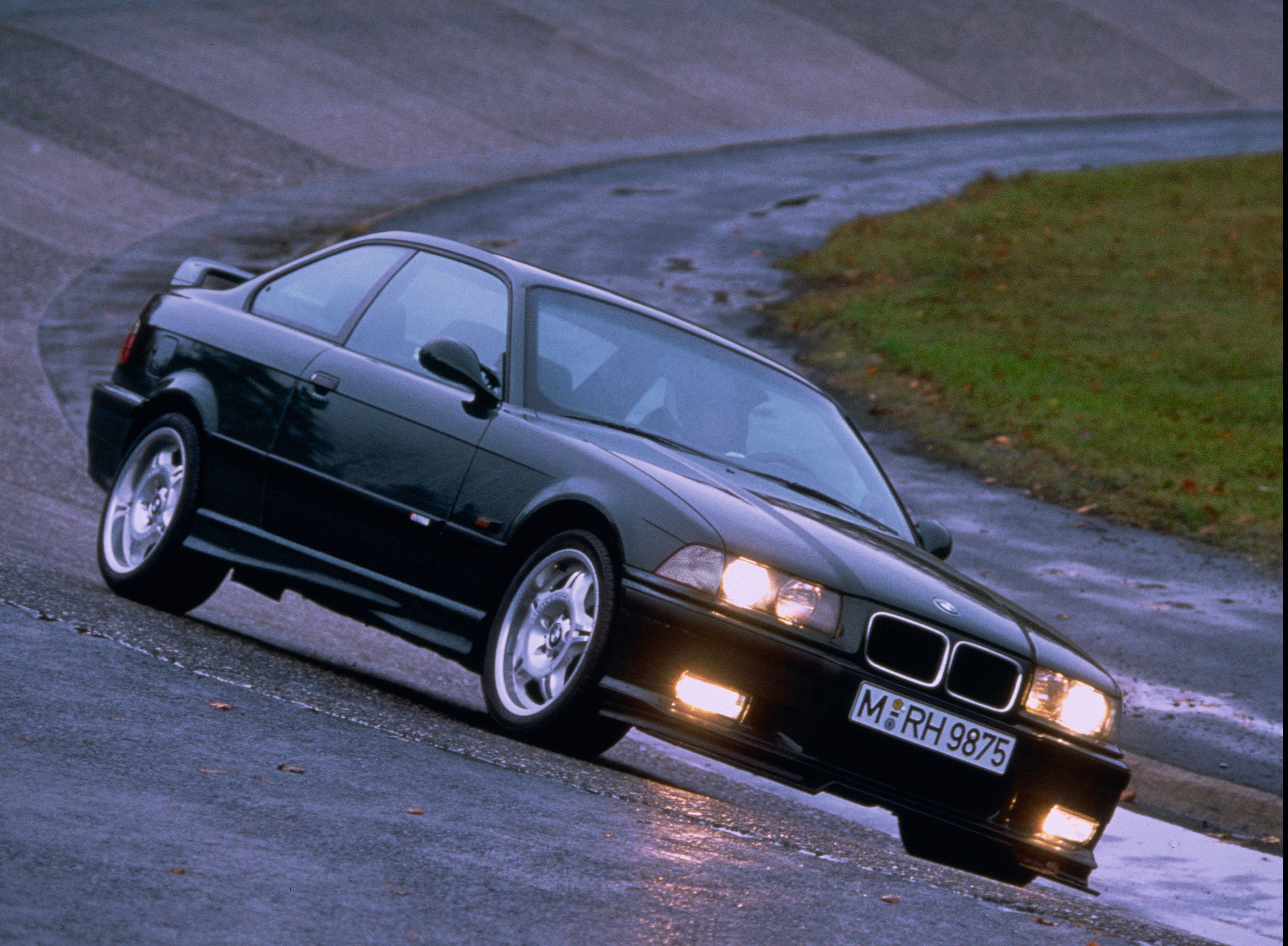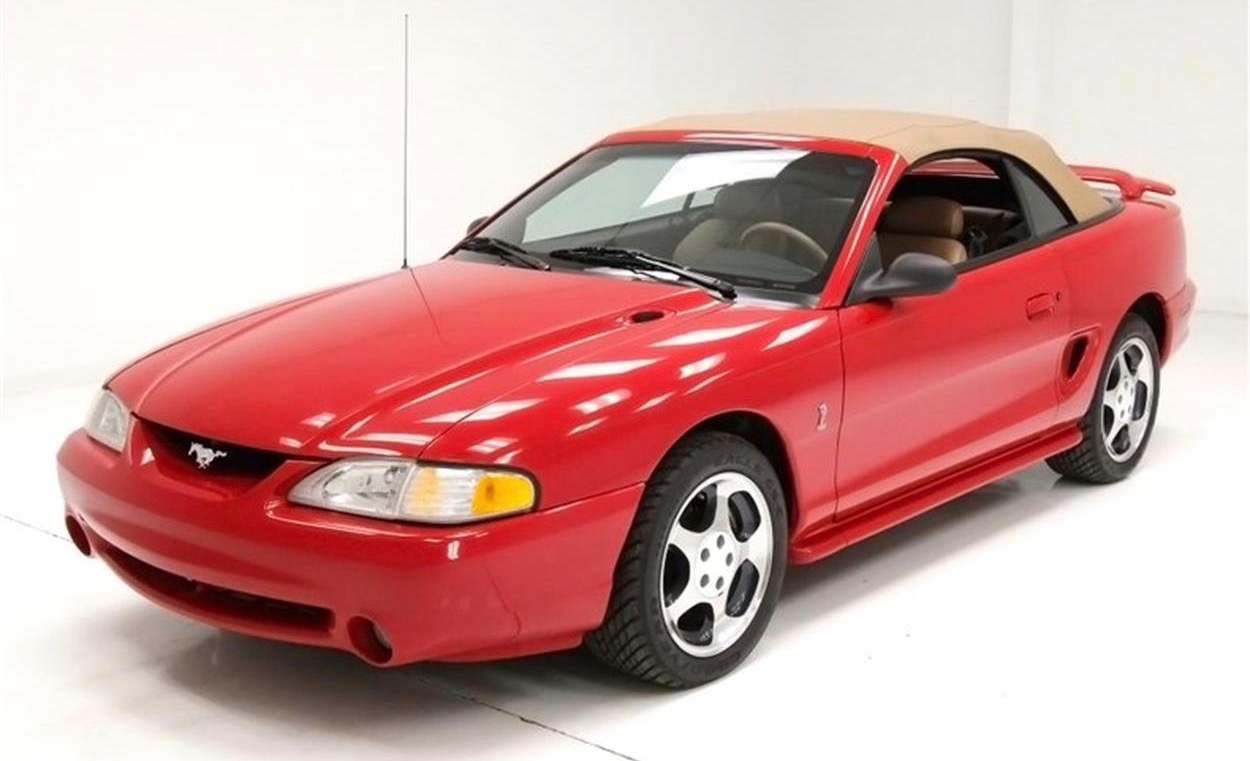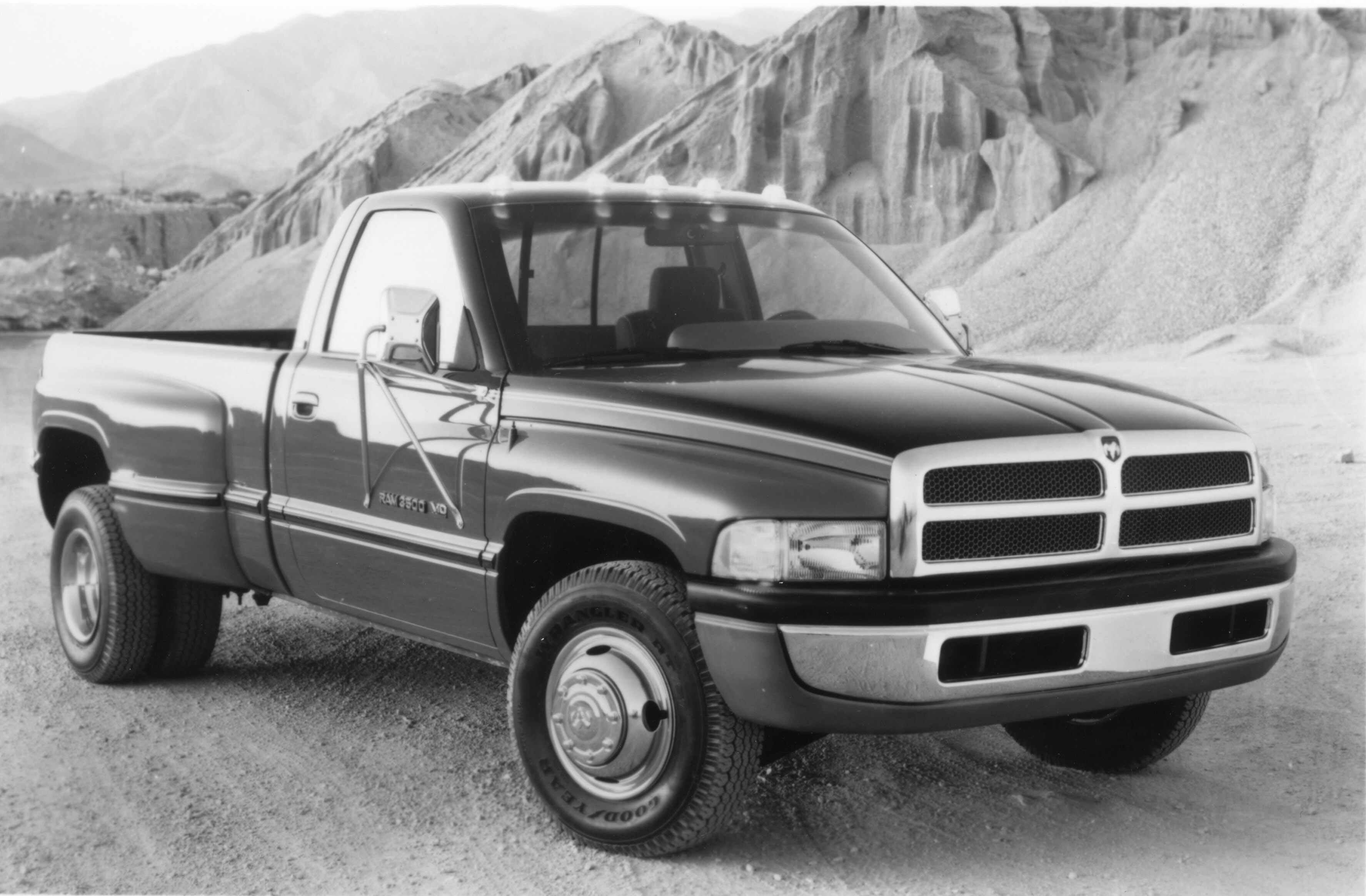You might not yet be used to saying 2019 rather than 2018, but the new year brings with it a fresh batch of cars that are now 25 years old, That’s right, the Class of 1994 is now considered “antique” or “classic” by many jurisdictions.
Here are the notable vehicles that were redesigned or debuted in 1994.

Acura Integra: Still beloved a quarter century later by Honda fans, the 1994 Integra was changed in appearance but not in size or mission. Returning as a three-door hatchback or four-door sedan, it was powered by 1.8-liter four-cylinder engine that generated 142 horsepower on most models. But the Integra to look for is the sporty GS-R, which had 170 horses and a five-speed manual transmission.
Audi Cabriolet: After seeing sales evaporate in the wake of unproven accusations of unintended acceleration shamelessly spread by CBS’s 60 Minutes, Audi attempted to win back customers with its first convertible, the Cabriolet. Based on the smaller 90 Series, a forerunner to today’s A4, the front-wheel drive Cabriolet was powered by 172-horsepower V6 and four-speed automatic transmission.

BMW 3 Series: The fifth generation of BMW’s compact sports sedan was one of the best cars of the 1990s, and one of the best 3 Series models ever. Known internally as the E36, it was initially offered in 318 and 325 trim, joined later by the 335 and its 300-horsepower twin-turbocharged V6 that provided the performance needed to prevent competitors from gaining an upper hand.
Cadillac De Ville: Substantially better than the model it replaced, the restyled De Ville offered a new performance-oriented Concours model with a 290-horsepower Northstar V8 and electronic Road Sensing Suspension that delivered far better performance than the old 200-horsepower 4.9-liter V8 used in most De Villes. Overlooked when new, the Concours is forgotten today.

Chrysler New Yorker/LHS: More stylish than the Chrysler Concorde and five inches longer, this duo briefly restored Chrysler’s reputation before the automaker was consumed in a misguided merger with Daimler. The Concorde’s largest engine, a 214-horsepower 3.5-liter V6, powered these large front-wheel-drive sedans which provided limousine-like rear seat accommodations.
Dodge Ram: In many ways, the 1994 Ram changed the full-size pickup segment. Ram 1500s had always carefully followed the styling lead of Ford and General Motors, and placed a distant third in sales. But now larger than its competitors and bold wearing styling inspired by big rigs, it proved that attitude mattered as much as capability with pickup buyers, inspiring the gargantuan full-size pickups being sold today.

Ford Mustang: It’s amazing to think that Ford was stupid enough to consider replacing its pony car with the Mazda-engineered Ford Probe, an unremarkable front-wheel-drive sport coupe. Thankfully, the Mustang survived, wearing its first redesign in 15 years, although the revised platform carried over sporting a 145-horsepower V6 or 215-horsepower V8. Anti-lock brakes were a new option.
Honda Accord: In an era when consumers prefer SUVs and trucks to cars, it’s easy to forget that cars like the Accord were once offered as a front-wheel-drive sedan, coupe or wagon. The Accord debuted with four-cylinder engines, while most competitors offered a V6. Nevertheless, the Accord proved popular, thanks to its nimble handling, fuel-efficient performance and roomy cabin.
Mercedes-Benz C-Class: Replacing the Lilliputian 190 Series, the new C-Class was longer and wider and offered as the 147-horsepower 220C and 194-horsepower 280C. Performance was stately off the line but powerful once underway. Handling was impeccable. Nevertheless, it would take the Mercedes-Benz C-Class decades to seriously challenge the BMW 3 Series.
Saab 900: Although few realized it at the time, this was the beginning of a long, slow decline for Saab. Still, the 900 managed to retain its characteristic quirkiness despite GM’s takeover. As before, the hatchback was offered with three or five doors, in addition to a convertible. A 150-horsepower turbocharged four-cylinder engine or a 170-horsepower V6 powered the front wheels.

Toyota Camry coupe: While somewhat stodgy in appearance, the addition of the Coupe in 1994 added a sporting flair to what is arguably the most over-engineered generation of Camry ever built. Powered by a 130-horsepower four or 188-horsepower V6, its refinement far outweighed its price, thanks to a development team that had previously engineered the first Lexus LS sedan.

Toyota Celica: Whatever performance credibility the Celica gained with such high-performance models as the GT-S and All-Trac Turbo vanished when the redesigned model appeared, powered solely by a mundane 2.2-liter four-cylinder engine producing 110 or 135 horsepower depending on model. Now very much a secretary’s sports coupe, it looked good; it just wasn’t fast.
Other notable auto news: In an era when any Japanese automaker could be assured of good sales, even Mitsubishi found success with a new version of its fairly unremarkable front-wheel-drive Galant midsize sedan, which was new for 1994. Volkswagen also introduced a new Golf and Jetta, but the new models were modestly upgraded from previous versions. Other updates seemed more noteworthy, such as the addition of the Corvette’s 260-horsepower LT1 V8 to the Cadillac Fleetwood, or the arrival of the BMW 540i, with a 282-horsepower V8 from the BMW 7 Series. Ford also offered a new V8. The new overhead-cam engine produced 205 horsepower on the Ford Thunderbird and Mercury Cougar, 190 horsepower on the Ford Crown Victoria and Mercury Grand Marquis, and 210 horsepower on the Lincoln Town Car. And Infiniti’s flagship sedan, the Q45, was restyled with a grille for the first time; sales remained lackluster. Finally, most cars gained standard driver’s side airbags and anti-lock brakes for the first time.






Don’t forget Mazda! Mazda was a huge seller in the mid 90’s. To find a pristine last generation 929 today would be a great feat!
..I agree with a couple of exceptions, those being EVERYTHING OTHER THAN the Dodge AND MUSTANG!!!
I got my drivers license at 17 in 1994 and my first car was an 84 BMW 318i and since then has owned over 20 BMW’s……this article could have been great if the facts were correct. 3 series in the 90’s was 3rd generation and 335’s with turbos weren’t until 5th gen e92 series. Wow, I think I’m a classic now!
Has 1994 really been that long ago? I turned 18 that summer and was still cruising around in my beloved old 1986 Ford Ranger pick-up looking for both girls and trouble. For some unknown reason I had a much easier time finding the latter(???) What a great time to be young!